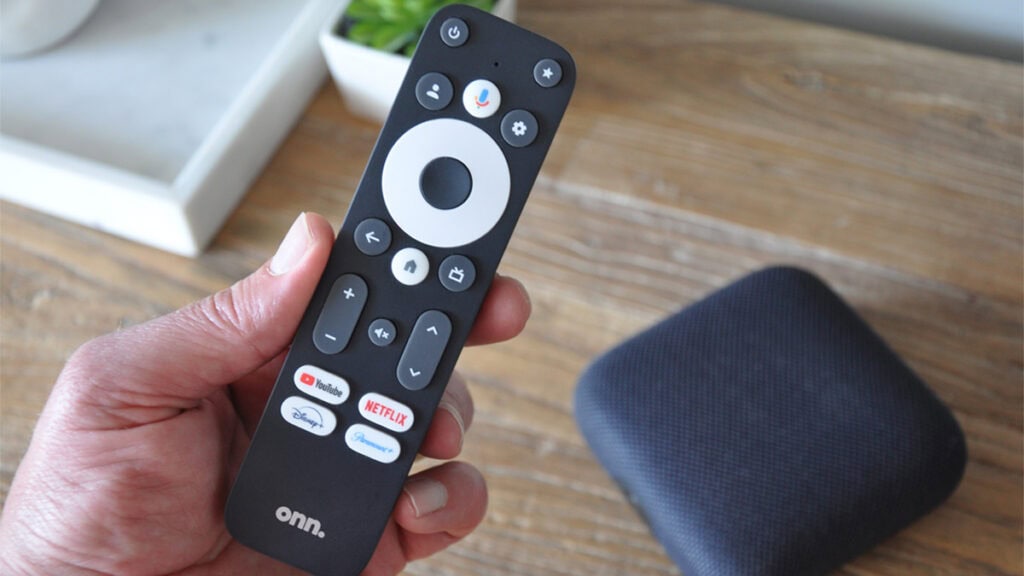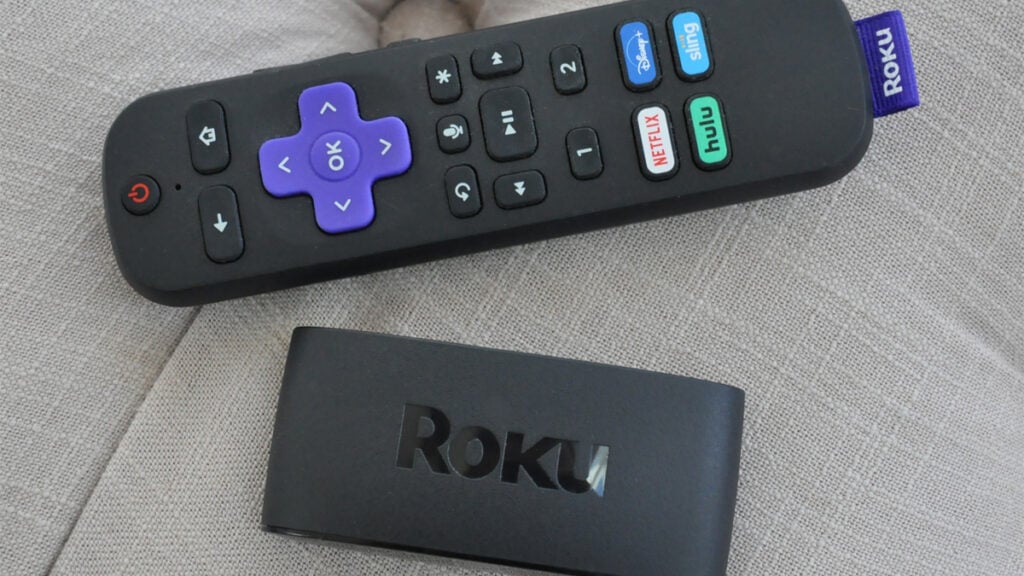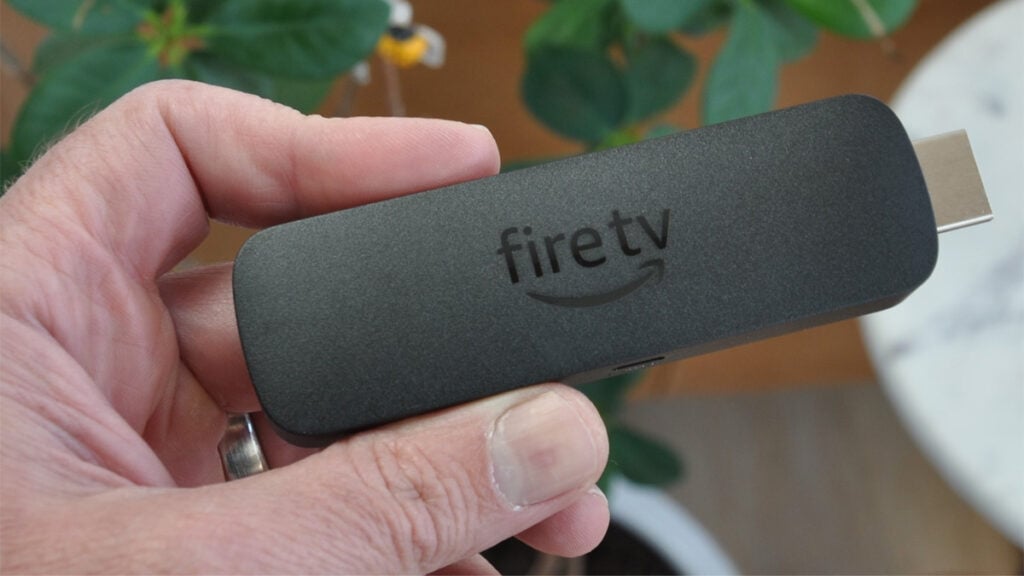A Smart TV might be all you need to stream Netflix or Amazon Prime Video, but there are reasons to go with a streaming device instead.
By the end of 2024, every major company that makes streaming devices has rolled out their latest hardware and updates. You won’t see new hardware again until about September or October of 2025.
So it’s now safe for me to run through all the streaming devices that I have been testing in recent months to give you some guidance on what to buy, and what you can skip.
Finding the ‘best streaming device’ for your home can be subjective. One person might prefer a simple grid of apps that you can find on a Roku. Another might insist on a home screen that aggregates movies and shows from several subscriptions and free streaming services. That’s what you will find with Google TV.
My criteria isn’t simply picking the streaming device with the fastest processor. In fact, many people likely overpay for processing horsepower that they don’t need.
Finding the right balance of a good user experience and price is a must, and there are good reasons why.
Streaming devices and their processing power have greatly improved in recent years. And you should keep in mind that even if you had one of the fastest streaming devices on the market, you might not get the full benefits of it on an older Smart TV.
Likewise, you shouldn’t believe that a streaming device that debuted in 2024 is necessarily the best one you can buy. However, there is one breakout model from this year that stands out above the rest.
Onn 4K Pro – $49.99
Walmart’s latest streaming device, the Onn 4K Pro, broke out of the pack of streaming media players by offering premium features at a near entry-level price.
It’s currently the best overall streaming device for a Smart TV.

The Onn 4K Pro runs on Google TV, one of the most popular streaming hubs. Google TV does the best job at showing you movies and shows from your subscriptions and free ad-supported platforms like Tubi and YouTube.
The Onn 4K Pro supports 4K streaming with HDR and Dolby Vision support. It has a built-in smart speaker that lets you control your TV’s power and change the volume on a soundbar just by using your voice.
You can cast video and photos through its built-in Chromecast protocol. The Onn 4K Pro has Wi-Fi 6: 2.4/5GHz 802.11ax, and a 10/100 Ethernet port. The brains of the Onn 4K Pro is a Quad-core Cortex-A55, a mid-range CPU that is plenty capable when it comes to streaming higher resolution formats.
I tested the Onn 4K Pro’s performance on 4K TVs and home theater setups. It delivered smooth playback of 4K video including HDR10 and Dolby Vision.
The remote control is backlit, which is super helpful when you’re watching TV in the dark. And if you lose the remote, you can simply say, “Hey Google, where is my remote?” to trigger a chirping response that will help you track it down.
These kinds of features are usually ones you would find on a $100 streaming device. Walmart made a very wise choice to not gatekeep these premium features.
Roku Express 4K+ – $39.99
The Roku Express 4K+ debuted in May 2021, yet continues to drive the most value on a per-dollar basis among all the streamers in the Roku family.
You should only get a higher-priced Roku streamer if you want Dolby Vision support or the Voice Remote Pro.

Many 4K TVs only have HDR support, not Dolby Vision. If you own such a TV, the Roku Express 4K+ has all the perks you need to enjoy more lifelike images and a wider range of colors that come from HDR-supported video.
The Express 4K+ gives you entry into Roku’s simple menu and its feed from free ad-supported streaming apps such as Pluto TV, Tubi, and The Roku Channel.
The Express 4K+ includes a remote control that supports voice commands, lets you power on your TV, adjust the volume, and quickly launch apps like Netflix. You can also use the Roku mobile app with headphones for private listening at night.
Fire TV Stick 4K Max (2nd gen) – $59.99
The Amazon Fire TV Stick 4K Max is one of the fastest Fire TV devices on the market; however, the addition of Xbox Game Pass support adds unique value, especially for families with gamers.
Amazon’s streaming stick is palm-sized and can be powered by a USB port on your TV.

The Fire TV home screen can feel overcrowded and hectic, but I like how it marks 4K videos so you can easily find higher-resolution content. The latest format of its Live TV tab is impressive, especially since you can filter by sports or news.
It supports 4K, Dolby Vision, HDR formats, and Dolby Atmos audio. Amazon’s flagship stick has 16 GB of storage, supports Wi-Fi 6E, and works with Alexa for hands-free commands.
The remote control can power your TV, adjust the volume, and has voice commands. The dedicated live TV button is a great addition if you want to quickly access a channel from Sling TV, YouTube TV, or Hulu with Live TV.
The 4K Max’s remote control has built-in Alexa voice control, which is triggered with a button. You can search for movies, TV shows, or launch an app with Alexa. It can also control compatible TVs, soundbars, and receivers. A dedicated button on the lower right displays recent apps or channels from the Live tab.
The menu organizes tabs like “My Stuff,” “Games,” and “Free” in the middle of the screen alongside six customizable apps. When you navigate to a tab or app, the bottom half of the screen shows movies and TV shows from subscriptions like Max and Netflix alongside free platforms like Tubi.
Fire TV devices currently run on Fire OS 8.1.
Other Models Considered
Now is a good time to note that streaming devices with faster processors have their place.
If you own a new, high-priced OLED TV but don’t want to use its built-in TV software, then an Apple TV 4K ($129.00) or NVIDIA Shield Pro ($199.99) is worth considering. Both higher-priced streamers have the processing power and 4K HDR formats such as HDR10+ and Dolby Vision. These two streamers are also must-haves for those who want true Dolby Atmos.
These two streaming devices are best suited for home theater setups or projectors stationed in a permanent spot in your home.
While the Google TV Streamer ($99.99) has true Dolby Atmos, which is attractive to home theater enthusiasts, its processing power isn’t on par with the NVIDIA Shield or Apple TV 4K. It reportedly uses a chipset similar to the 2021 Amazon Fire TV Stick 4K Max.